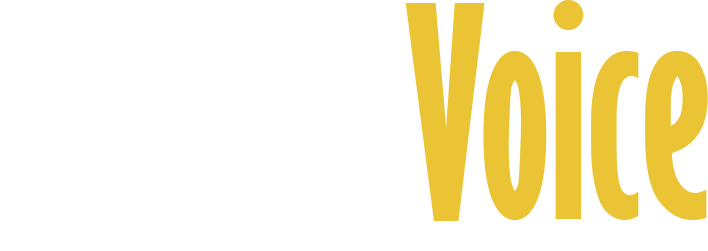Although we know D-Day took place on the June 6, 1944, you may not be aware that was not the planned date. It was intended to be the day before, but bad weather forced a 24hr postponement. Much has and will be written about that fateful day, therefore I will limit this month’s article to some local events and anecdotes. The invasion details had to be top secret, but preparations saw a large influx of allied servicemen and women to the West Country. That February Bristol became the headquarters of Lt General Omar Bradley who came to oversee plans for the American D-Day spearhead. Clifton College became the nerve-centre for the preparations, (or as the General would have said, nerve-center). The College’s Wilson Tower housed their main signal operations.
But what of the servicemen and women who came to Bristol in such large numbers? Although it was inevitable that cultural differences would give rise to issues, these were largely resolved, with many Bristolians opening their homes to the ‘visitors’. Conversely the visitors were also generous to their temporary hosts, particularly to their children. Bristol societies also opened their doors. One such example was the Bristol Savages, the Art & Literary society that met (and still does) at the Red Lodge, on Park Row. As a gesture of hospitality, the Savages had beer mugs especially engraved for their visitors, with the slightly bizarre but hopefully heart-warming message: ‘Drink down all unfriendliness’.
Although as a four-year-old I was too young to understand much of what was going on, I do know our house on the corner of Hotwells and Merchants Road was bombed. We all survived but we moved to a house overlooking Eastville Stadium. Even after all these years I can remember our new home for three reasons: The SMELL of new paint; EXCITEMENT, an American serviceman billeted on us, and our tabby cat had kittens on his bed; JOY, he gave us oranges as well as something unheard of: Crackerjack. This was caramelised popcorn and came in a long box, white waxed cover with a cartoon image of an American sailor.
Diane, my wife, also remembers a lady, whose role took her back and forth to America; she gave Diane something she had never seen before – peanut butter!
Frenchay Hospital was initially the American Forces 117th Field Hospital until August 1945 when it was passed to Bristol’s Health Committee. When Frenchay was staffed by military doctors and nurses, our Red Cross organised the training of women auxiliaries. I wonder how many went on to become nurses or doctors?
On November 5, 1995, five commemorative plaques, representing the allies’ Normandy invasion beaches Omaha, Utah, Juno, Gold and Sword, were placed in Castle Park. The memorials were unveiled by Lady Pamela Hicks, patron of the Bristol and District branch of the Normandy Veterans Association. These memorials were erected by ‘The Sword Fund’ Map of the beach landings, and the plaques donated by Courage Western, whose brewery was on the opposite bank of the river.
In an ironic twist, the stones bearing the inscriptions were brought from Caen in Normandy. On the other side of Castle Park are the remains of Bristol Castle, built by William the Conqueror’s men in part by with stones from Caen. Thus after nearly 1,000 years fate has completed the circle.
© Julian Lea-Jones May 2024


